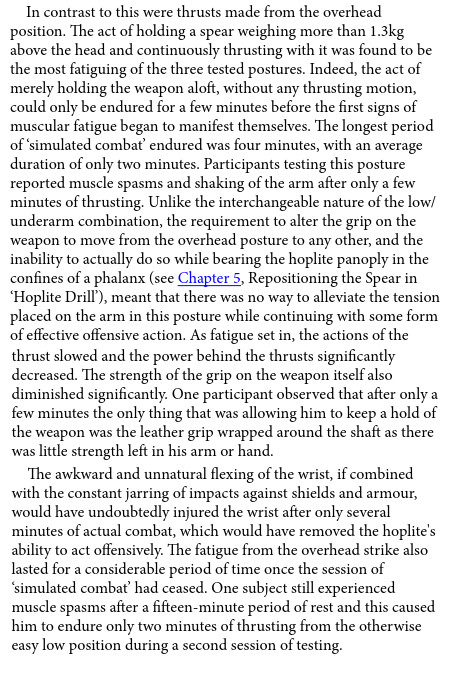in ultra tight formation, you would end up unable to put arm down with the spear... which would just make you fatigued even faster. It is all quite simple thing, and you would understand the limitations, if you took something that resembles a spear, and tried it yourself. Limitations are huge. And in battle, techniques that fatigue you fast, are not good at all. It is not something you can train, at least i never heard about a training method that could adjust the blood flow in your body. once you put your arm up, blood will go down. your arm gets fatigued, and you are weaker and weaker every thrust. And now imagine if enemy pushes at you, as well as own men in second rank. With your arm up, you will end up pressed between two shields, unable to even lower your arm, while such spear would end up uncontrollable. and of course, having arm up, while standing sideway with the Aspis in other arm means your armpit is completely exposed. such big area would be very easy to hit, yet every single armor Greeks used, didnt had armpits anyhow protected... besides, why would they wear breastplates, if chest would be not the target at all?
you actually can, if you look at picture i already posted with two ranks in position:
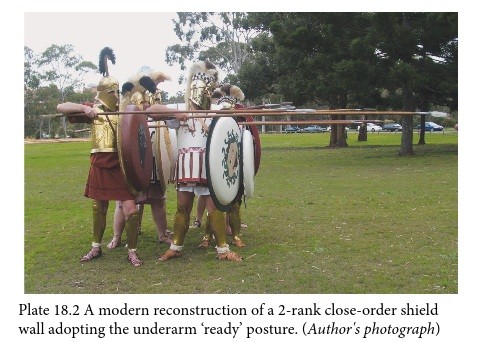
arm in this position is ready to strike forward. shield of men behind either fixes the spear, or also marks how much you can go back with the spear for another thrust. Now, important advantage of this formation is in the fact, Hoplite is benefiting from the length of his spear. With overarm grip, practically 50% of spear would be facing backwards, so what is the point having long spear if you don't use it? wouldn't shorter one be more suitable for overarm use if it was the dominant way of spear use for Greeks? Besides, whole Phalanx development revolves around lengthening the spear, until it became a pike, but with overarm use spear length is its actual weakness not a strength..
Chris Matthew mentioned a study of combat damage recorded on over 150 pieces of armor in museum of Olympia, where majority of damage is from horizontal strikes which is impossible to do with the overarm grip. Another important fact is angle of impact with overarm grip, which is usually over 30-40degrees against armor, which results in much greater armor resistance, than if strike hit armor directly.
in table below red squares show KE needed against typical bronze breastplate thickness. While with direct thrust you need 38 joules to penetrate 1mm bronze plate, you need 49 joules to penetrate same armor at 40 degree impact angle.. (btw, for arrows and javelins impact angle would be 40-60 degrees, so armor performance would be even higher against such impact)
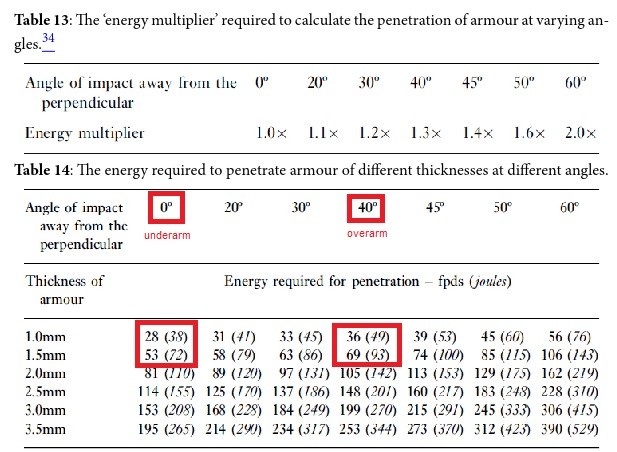
And if you read "Storm of Spears" by Chris Matthew, you would found more info about graphical portrayals of hoplite combat and its caveats. I dont want to spoil the book more, i already posted several pages from it. I strongly recommend you to get that book (it can be bought as epub at pen and sword page for few $) and make your own opinion on it.
Main problem with historians is they tend to search simple way out. they don't question their theories. Chriss Matthew is actually the first one im aware of, who actually tried Hoplite assembly and tested what is possible to do with it. In the past, i didn't questioned Hoplite combat, i was thinking the same things you are defending. reading that book changed my view completely, and i started to question a lot of things about historical weapon and armors effectivity. It is never good to automatically accept ideas without questioning them first.





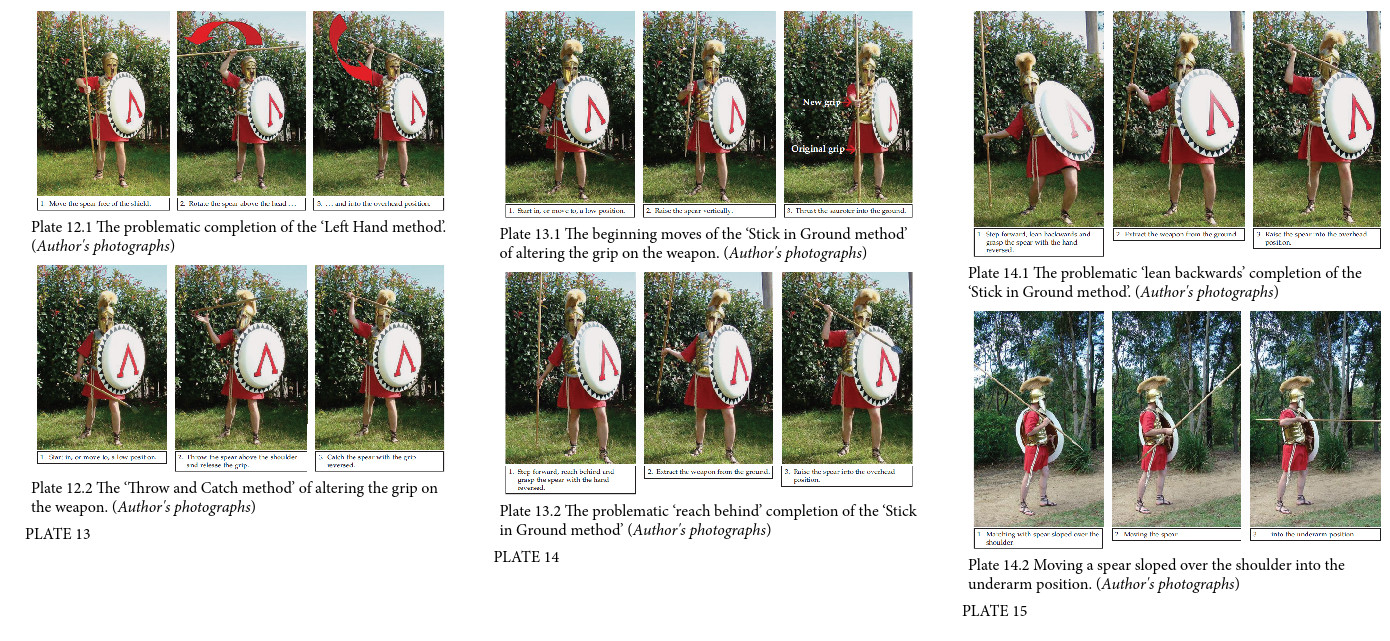


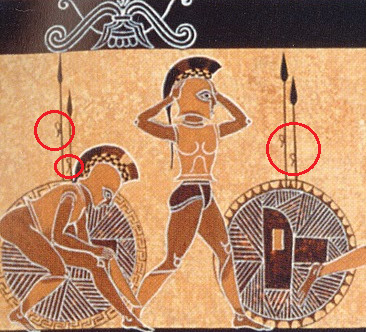

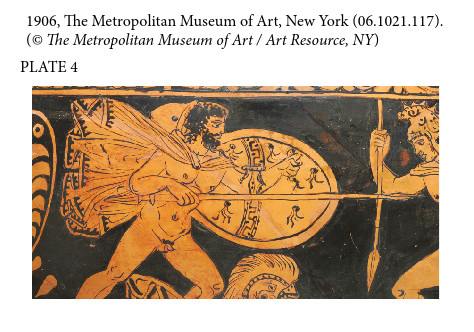

 Reply With Quote
Reply With Quote










